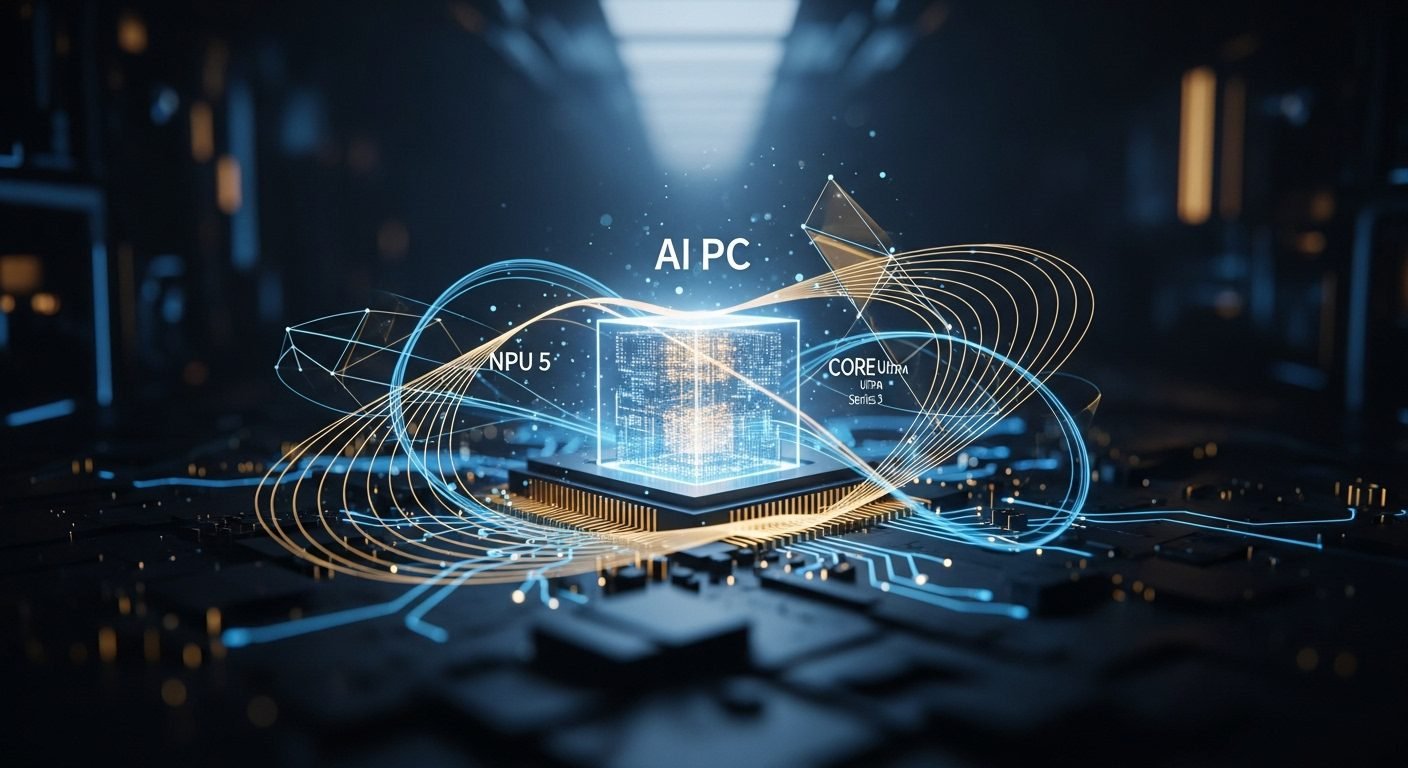The AI compute landscape just witnessed another seismic shift. On October 6, 2025, Advanced Micro Devices (AMD) and OpenAI announced a multi-year, multi-generational strategic partnership, sending ripples through global markets. Under this definitive agreement, OpenAI commits to deploying a staggering 6 gigawatts (GW) of AMD Instinct GPUs to power its next-generation AI infrastructure, a move projected to inject “tens of billions of dollars” into AMD’s coffers, potentially reaching $90 billion over the long term, according to some estimates. This isn’t just a supply deal; it’s a profound strategic realignment in the ongoing AI arms race.This announcement comes hot on the heels of OpenAI’s equally significant September 2025 partnership with Nvidia, involving a 10 GW deployment and a $100 billion investment. Taken together, these deals illuminate OpenAI’s deliberate strategy: secure massive, diversified compute power to fuel its ambitious AI development roadmap, minimizing reliance on a single vendor. It’s a calculated move to enhance resilience, ensure supply, and foster competitive innovation across its foundational hardware layers.### The Competitive Calculus: Diversification and Market ShareFor AMD, this partnership is a categorical validation. Wedbush analysts have rightly dubbed it a “major moment in AI revolution,” cementing AMD’s position at the heart of the burgeoning AI chip spending cycle. The initial 1 GW deployment, set to begin in the second half of 2026 with AMD Instinct MI450 series GPUs, builds on prior collaborations involving MI300X and MI350X series, signifying a deepening technical integration. This deal undeniably accelerates AMD’s revenue growth trajectory and elevates its stature in the data center and AI compute arena.While Nvidia’s stock experienced a modest 1% dip post-announcement, reflecting increased competition, the broader market context suggests ample room for multiple dominant players. The sheer scale of AI workloads and the insatiable demand for compute power mean that the market is expanding rapidly enough to support diversified infrastructure. This strategic embrace of multiple suppliers by a titan like OpenAI underscores a maturity in the AI infrastructure buildout, moving beyond a single-vendor paradigm. The Future of Semiconductor Manufacturing is increasingly shaped by these mega-deals.### Equity-for-Compute: A New Blueprint for Strategic AlignmentPerhaps the most intriguing aspect of this partnership from an investor’s perspective is the innovative financial structure. AMD has issued OpenAI a warrant for up to 160 million shares of AMD common stock, representing approximately 10% ownership. These shares are not simply granted; they vest in tranches, contingent on specific deployment milestones (from 1 GW to 6 GW) and AMD’s share-price targets, with a nominal exercise price of $0.01 per share.This isn’t merely a customer relationship; it’s an equity-aligned partnership. OpenAI’s success in deploying and utilizing AMD’s hardware directly influences the value of its AMD holdings, forging a profound symbiotic relationship. This model redefines competitive economics, creating a new blueprint for strategic collaborations in the AI sector where hardware sales are intrinsically linked to equity performance. It mitigates risk for both parties and incentivizes long-term, co-engineered success. As AMD’s CFO, Jean Hu, noted, it is expected to be “highly accretive to AMD’s non-GAAP earnings-per-share.” For a deeper dive, see AMD’s official press release. AMD’s official press release.
Investor Pulse
- Market Sentiment: Bullish for AMD, Strategic for OpenAI.
- Key Catalyst: Massive Compute Deployment & Equity Alignment.
- Time Horizon: Long-term (3-5 years) for full realization.
The commitment to future generations of AMD Instinct GPUs, extending beyond the MI450, assures sustained innovation. This deep, multi-generational co-development between AMD and OpenAI—spanning hardware, software, and rack-scale solutions—is poised to yield highly optimized and efficient AI systems.Looking ahead, the 6 GW power requirement alone highlights the escalating energy demands of AI data centers. This presents significant operational and supply chain challenges, from securing advanced process nodes at TSMC to managing high-bandwidth memory (HBM) and advanced packaging constraints. The industry must confront the critical questions of energy sourcing, efficiency, and sustainability as these colossal AI infrastructures take shape. This pivot to diversified, equity-aligned compute power signals not just a shift in market dynamics but a profound rearchitecting of the global AI ecosystem. Global Energy and AI Growth will be inextricably linked.











